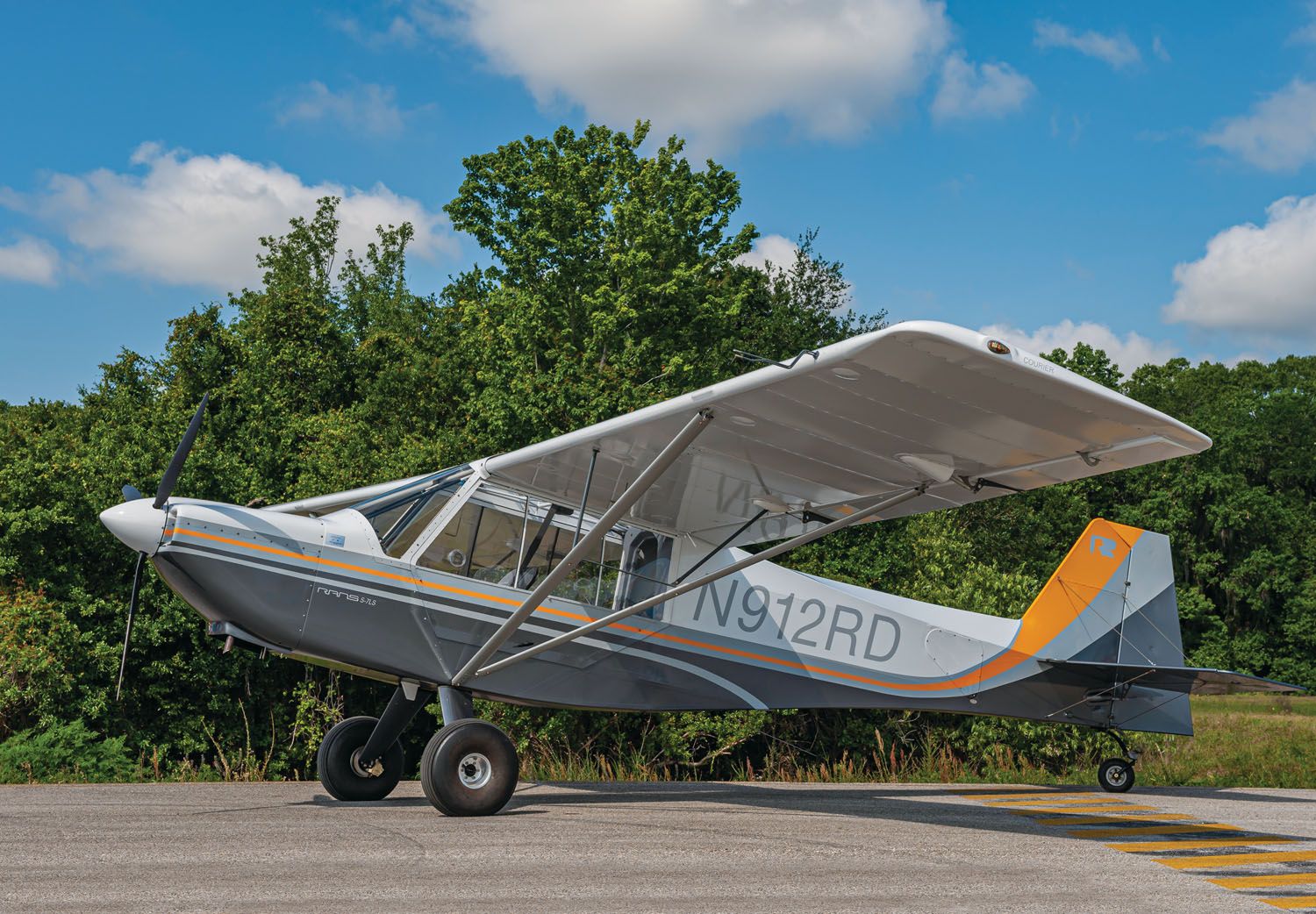 Looking for a plane to give you backcountry access with Super Cub performance that you can fly as a Sport Pilot? Or are you just looking for a tandem two-seater that is fun to fly and easy on the budget? If so, the RANS S-7 series is worth a hard look. With over 900 kits sold and 600+ flying they are not as plentiful as RV-6s, but there are always some for sale for the used airplane buyer.
Looking for a plane to give you backcountry access with Super Cub performance that you can fly as a Sport Pilot? Or are you just looking for a tandem two-seater that is fun to fly and easy on the budget? If so, the RANS S-7 series is worth a hard look. With over 900 kits sold and 600+ flying they are not as plentiful as RV-6s, but there are always some for sale for the used airplane buyer.
The most common version of this model is the S-7S, with planes carrying the S-7 designation being early models of the series. RANS also sold some factory-built S-7LS planes and an S-7C version certified under the primary category rule.
History
The RANS S-7 was born in 1985, sporting a 50-hp Rotax 503 engine with a 64-hp 582 as an option. These early planes gave the buyer a Cub-type plane that was easy to fly and easy on the wallet. Although Cub-like in performance, the S-7 shared little with the Cub in its design, save the two-seat tandem layout.
Over time the design has been tweaked and improved into what is today’s S-7S. Along the way RANS owner and chief designer Randy Schlitter spent seven years developing a primary category version of the plane called the S-7C. Sadly this was an investment that failed to pay off as the primary category never caught on. On the bright side, many of the improvements developed during that process were incorporated into the S-7S.
Throughout the years Schlitter made a number of design improvements. The fuselage was stretched 21 inches (to 23 feet 3 inches) in the mid-1990s, giving the plane better stability and elevator authority. Other improvements included aerodynamically balanced elevators and ailerons, enlarged firewall and cowl and a number of minor adjustments. With the advent of the Light Sport rules the gross weight was bumped up to 1320 pounds.
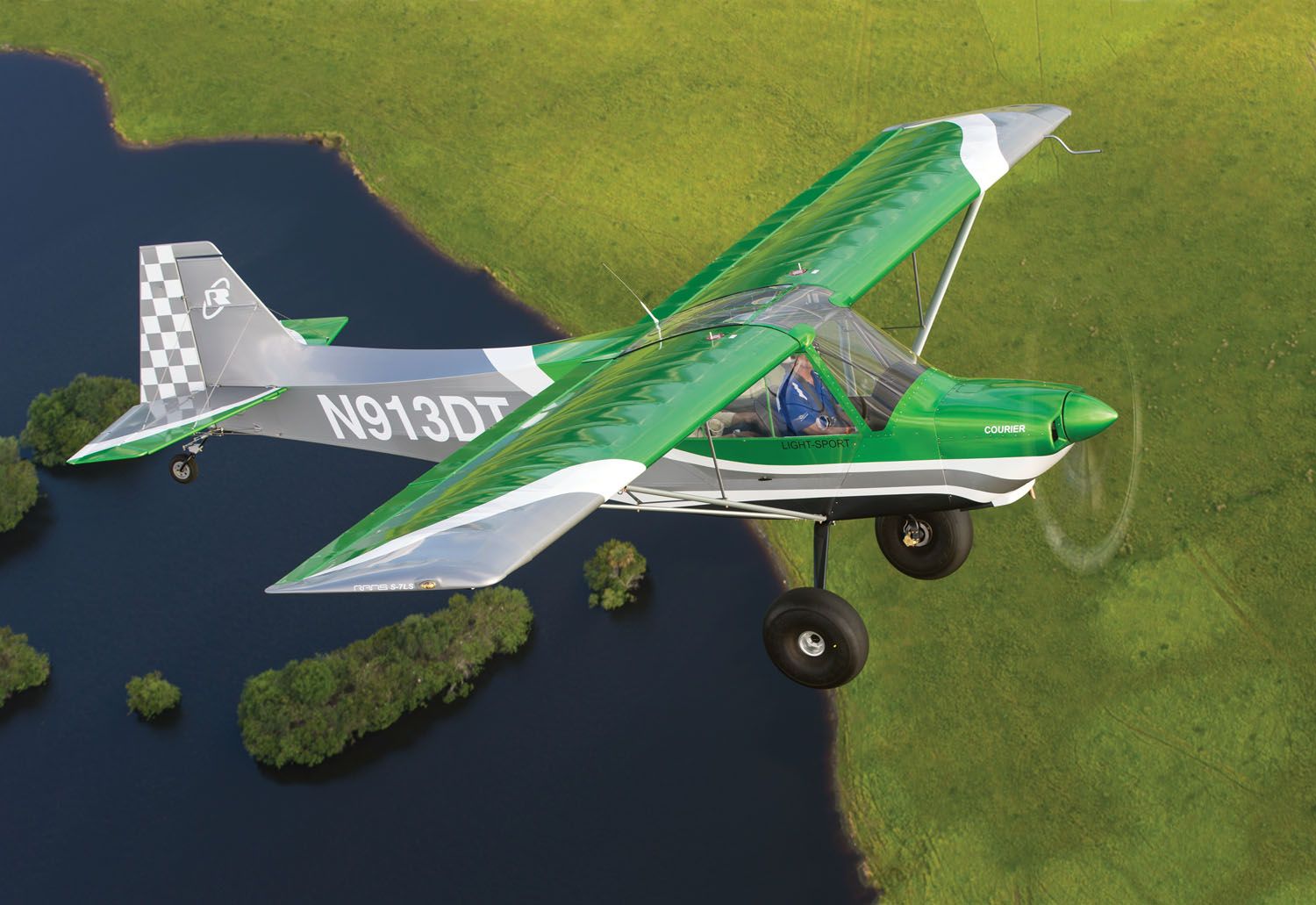
Different Configurations
There is one basic configuration for the S-7: tandem two-seat taildragger. That said, there are major changes that are worth discussing. Early models came with Rotax two-stroke engines. These engines are lightweight and fairly reliable as two-stroke engines go, but cannot match the power or reliability of the later Rotax 912 engines. You should note that the Rotax two-stroke engines have a recommended time between overhaul (TBO) of only 300 hours, as compared to the Rotax 912 ULS engine’s 2000-hour TBO. Thus, the engine of a plane with 300 hours would be considered high time if it has a two-stroke but low time if it has a four-stroke engine such as the 912.
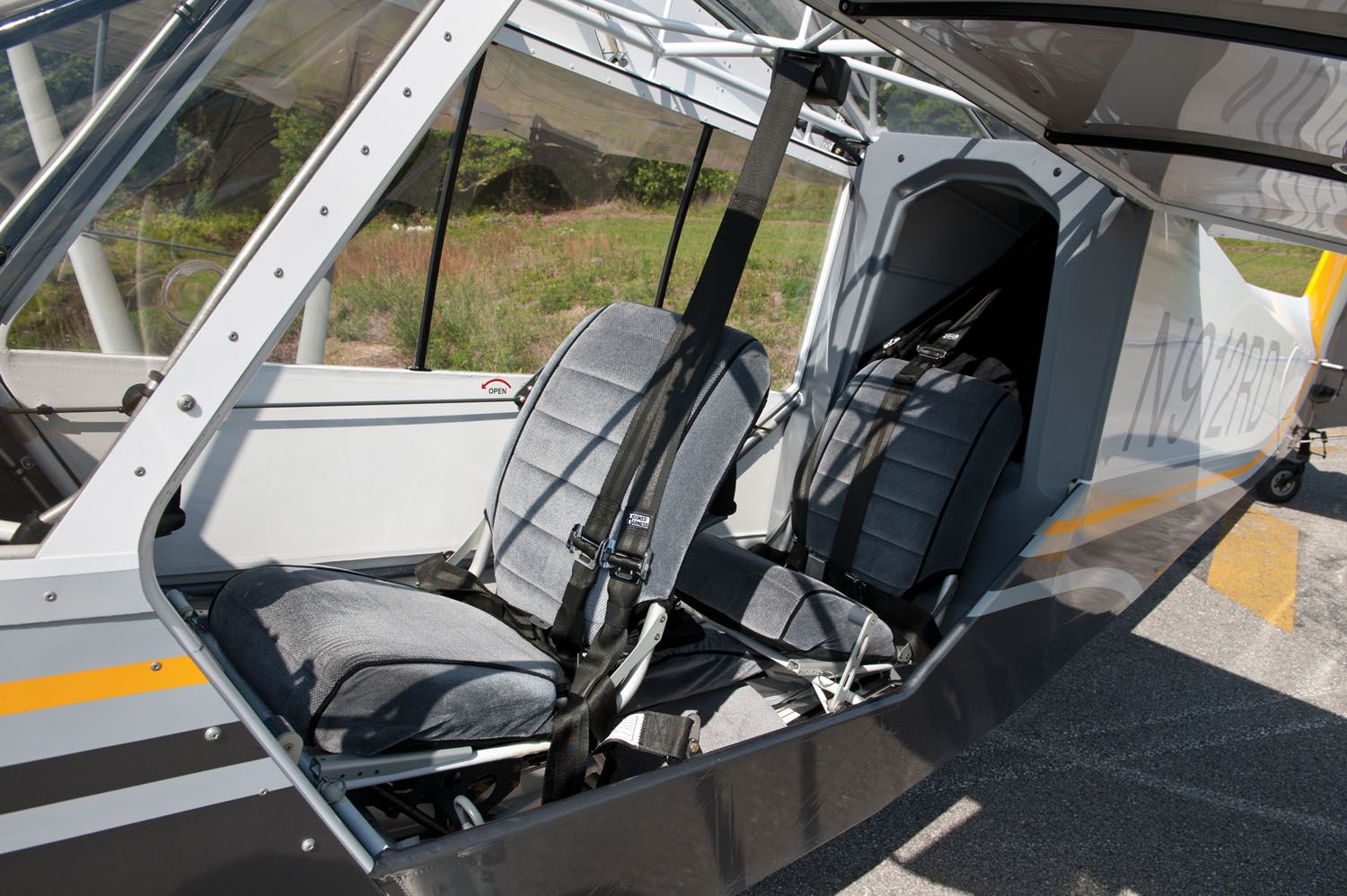
The choice of a long fuselage versus a short fuselage is important to most buyers. Kits sold after the mid-1990s will have the long fuselage, but remember that the model year of an Experimental airplane is the year it was completed, not the year the kit was sold. A kit sold in the early 1990s might not have been completed until the mid-2000s. Be sure to do your homework on this and have a knowledgeable person perform a prebuy inspection for you to be sure.
The last change is the increase in gross weight to 1320 pounds. With a typical empty weight of 732 pounds, this extra weight allowance gives you a nice boost in useful load to 588 pounds.
What to Look For
Condition is always a big concern with any used plane. Most people focus their attention on the condition of the engine and avionics when they look at a used airplane, but with the S-7 the condition of the fabric covering needs to be given some serious attention, too. It is not that the S-7 is particularly problematic in this regard. This is an issue with all fabric-covered airplanes. S-7s that have spent a lot of time outside may have sun damage to upward-facing surfaces such as the top of the wings and fuselage. People who only have experience with metal airplanes are ill-equipped to evaluate the condition of fabric. This is something to consider when selecting someone to do your prebuy inspection. Buying a plane with deteriorating fabric should be done at a deep discount because recovering and repainting is a lot of work.
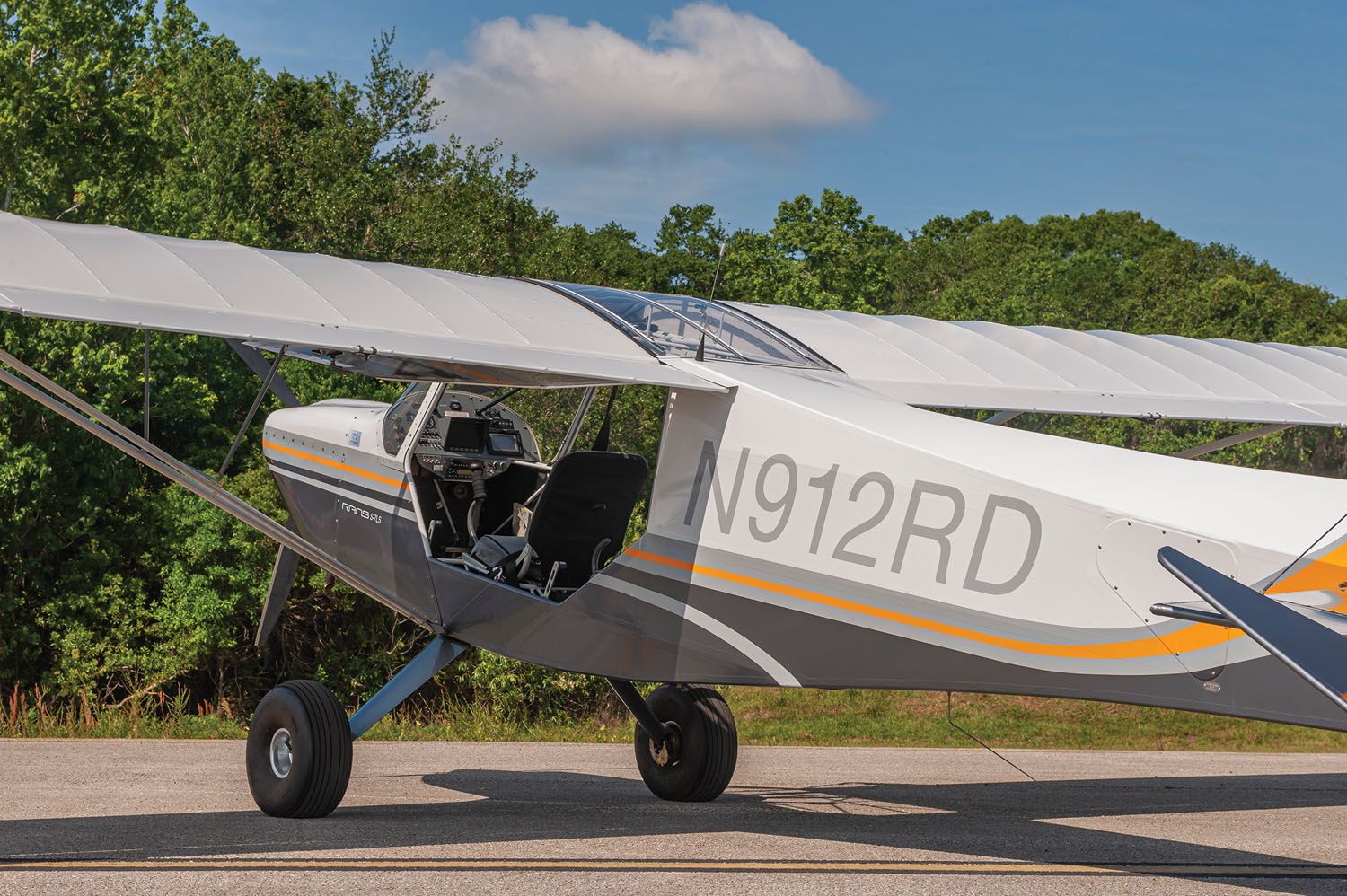
We have already talked about the difference between two-stroke and four-stroke engines, but there are also two possible versions of the Rotax 912 engine that you may encounter. The 912 UL engine produces 80 hp. The more popular 912 ULS makes 100 hp. You may also come across the turbocharged 914 engine producing 115 hp for five minutes and 100 hp continuously up to an altitude of several thousand feet. The newer 912 iS and 915 engines are not yet common in the used airplane market.
Lycoming experts may not be well qualified to evaluate the condition of Rotax engines. These engines are quite different in many ways and require special training to work on them. This again makes the case that a prebuy inspection is good, but an inspection with someone who is well qualified to evaluate planes such as the Rotax-powered S-7S is better. As a potential owner, you will need to give some thought to who might be qualified to maintain your plane. Do they have Rotax training or are they willing to get it?
Many S-7s are flown into the backcountry, so it is a good idea to look for repairs that may or may not have been logged. Bent parts that have received only cosmetic repairs can lead to trouble later. Again, make sure someone who knows the plane helps you with the prebuy.
Firewall Forward
As was said before, the vast majority of used S-7Ses will have Rotax 912 engines. These are good engines that hold up well if properly maintained. Look at the logbooks for maintenance records. Note that Rotax has different maintenance requirements for planes that run on avgas versus premium auto gas. Ask the seller about what gas they typically use.
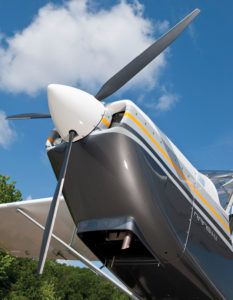
For buyers who are not used to Rotax engines you will notice a big tank inside the engine compartment. This is the engine oil tank. Lycomings have oil in the sump, but Rotax engines have a dry sump system that stores oil in a remote tank. There are some different procedures involved in this system. Ask the seller about burping the engine.
The one problem I have seen inspecting Rotax-powered planes is that the throttle setup may not open both carburetors equally or allow both to close on the idle stop together. It is important to have the carburetors synchronized to get the best performance out of the engine.
Early model S-7s may have Rotax two-stroke engines. These engines are lighter but also have less horsepower. They also have a much shorter life than the four-stroke engines. The reliability of the two-stroke engines is generally regarded as less than the four-stroke Rotaxes, but religious attention to maintenance can do much to close the reliability gap. Needless to say, the older S-7s with two-stroke engines will be worth considerably less on the used market.
You may occasionally find an auto-conversion engine in an S-7. These engines have their admirers, but they are seriously outnumbered by their detractors. These planes will also have a much lower value when coming up for sale. It is possible to re-engine an S-7 but the cost is usually not worth it when all things are taken into consideration. It is better to find a plane with a good Rotax engine already in it.
Avionics
The newer the plane is, the more likely it will have modern glass-panel avionics. As a general rule S-7s are not equipped with IFR avionics because they are not typically flown that way. Some basic steam gauges, a com radio, a transponder and a panel-mounted handheld GPS receiver fill out a typical panel. With common missions similar to other bush-type planes, this sort of panel will definitely do the job. Look for ADS-B Out if you mostly fly in controlled airspace. This is not a hard thing to add yourself, but it is an extra expense.
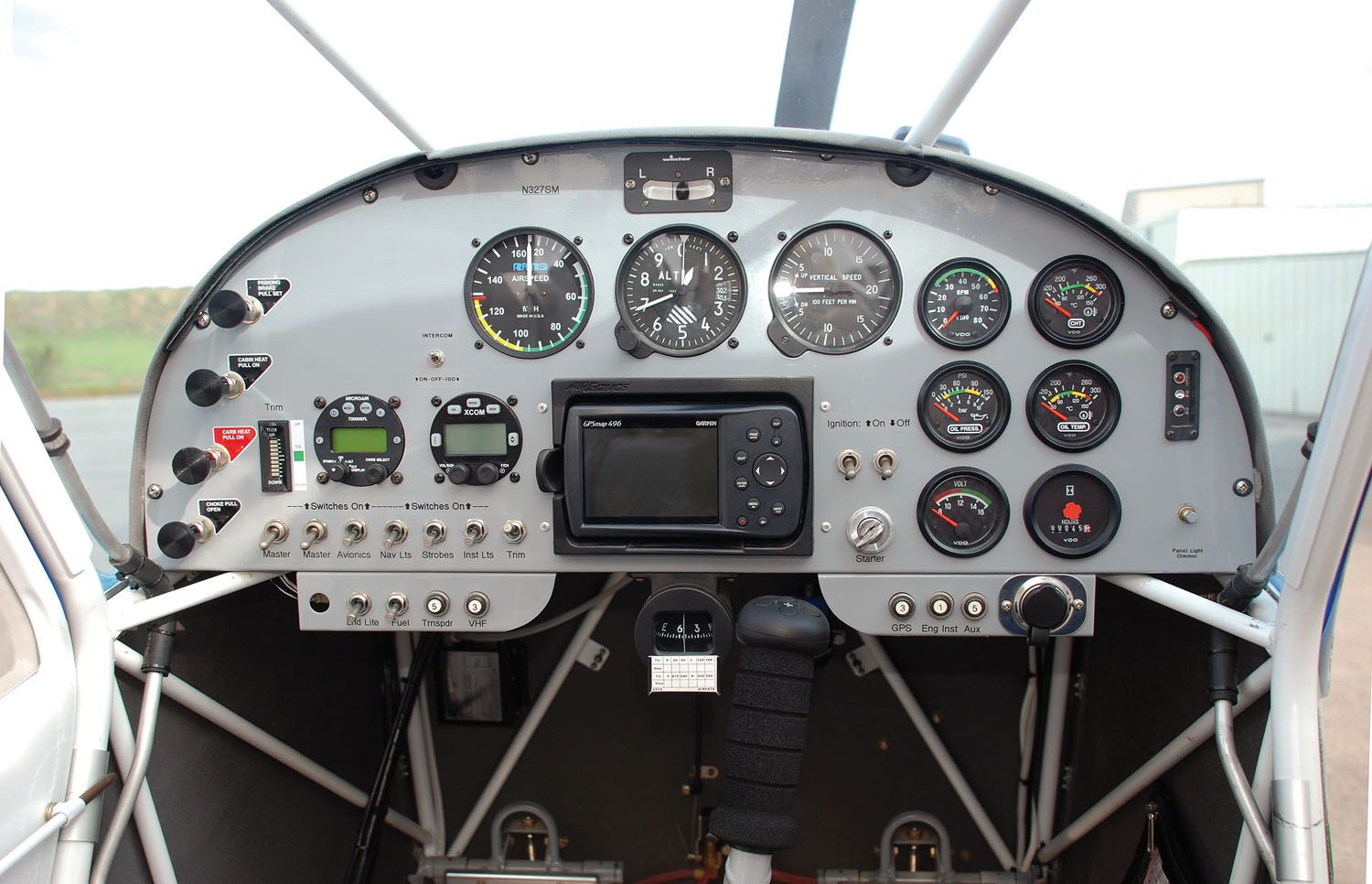
Common Modifications
The RANS S-7 and -7S are not known for a lot of modifications, but you may see some fat tires for off-airport work. The 26-inch Goodyear smooth tires that mount on six-inch wheels or other similar tires can be found on some S-7Ses.
South Mississippi Rotax has put together some turbocharged 912 engines using 914 turbo gear. These engines put out around 135 hp but are not factory authorized. This is a nice modification for people who fly in the high country. The new 915 iS engine will likely make this modification much less common.
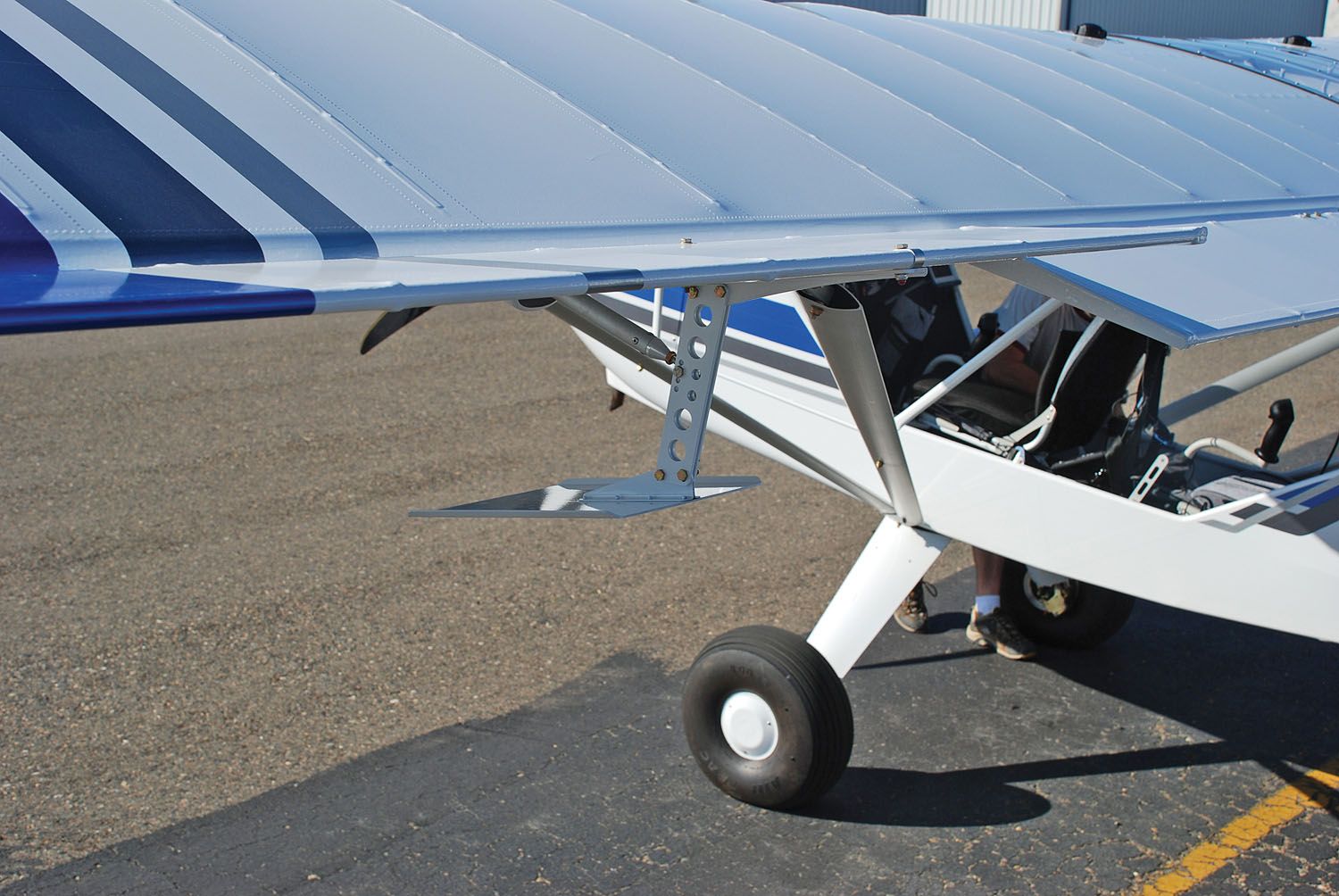
Performance and Flying Qualities
The S-7S flies much the same as other light bush planes, with good short-field performance and low-speed handling. With a 100-hp Rotax 912 ULS, takeoff roll is 325 feet, landing roll is 340 feet and rate of climb is 850 feet per minute. Typical cruise is 110 mph and stall speed with full flaps is 33 mph. With full fuel (26 gallons) on board, endurance and range are 5.2 hours and 572 miles with no reserve.
Older S-7s are less responsive than the later ones. Spades were added to the ailerons to lighten forces for several years until the ailerons were redesigned. The newest S-7Ses do not have and do not need spades. The spades are not a negative unless you hit your head on one, but the newest design is cleaner.
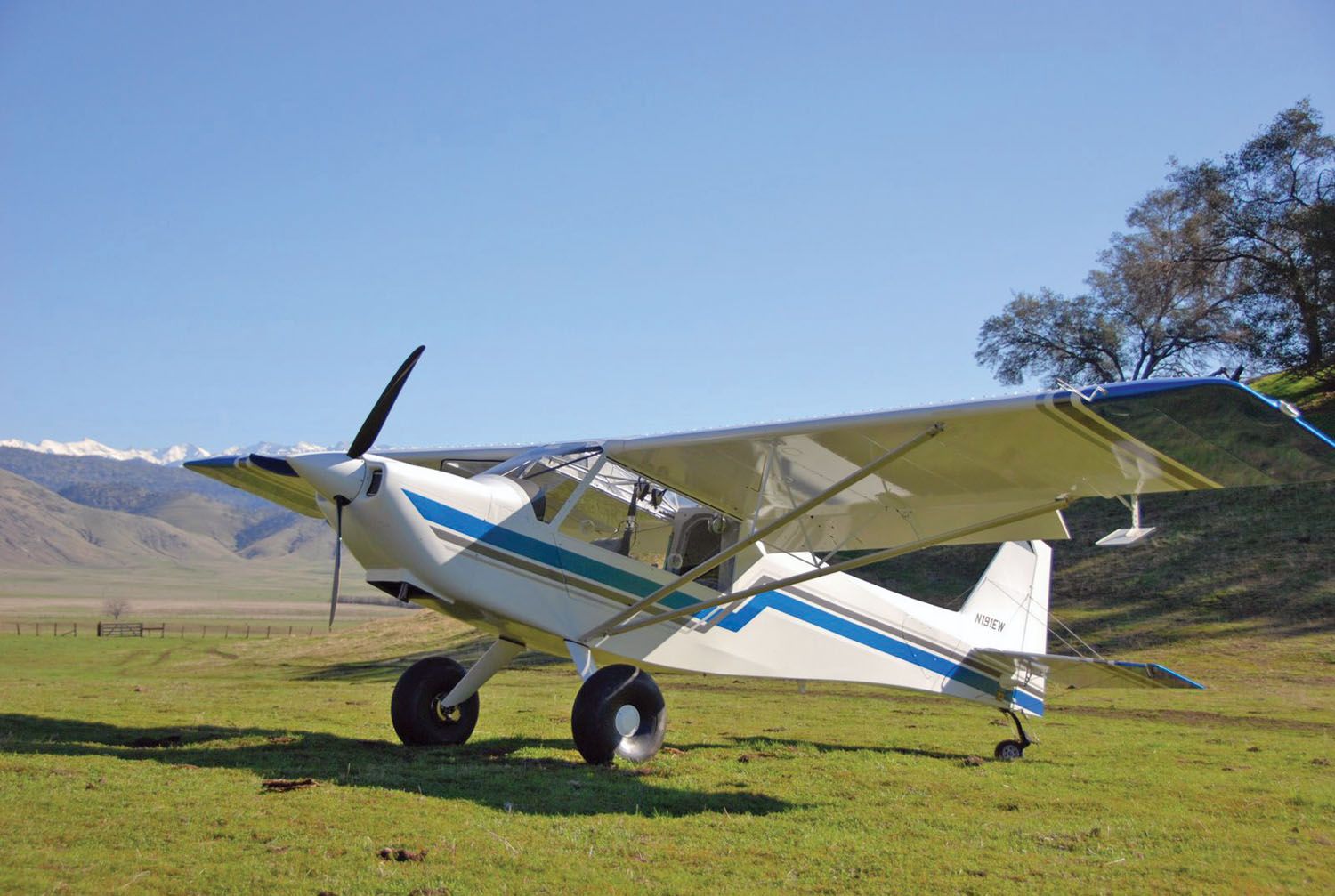
It is important to keep in mind that the S-7 is a light plane with a relatively low wing loading of 8.9 pounds per square foot. This is great for low-speed performance but makes landing in strong crosswinds, or for that matter any strong winds, more of a challenge than most pilots are willing to tackle. Turbulence can lead to some larger excursions in the S-7 than in planes with a higher wing loading. This is not a knock on the S-7 in particular but is rather characteristic of all similar planes with light wing loadings.
A nice feature of the S-7 is its ample 30-inch-wide cabin. Even for large people, there is no need to squeeze into an S-7 the way you might into a Cub. It will pretty much do the same thing as a Super Cub at a lower operating cost.
Resources
The RANS Clan forum (www.ransclan.com) is a great spot for information on your prospective S-7 or S-7S purchase. There are also a number of Facebook pages devoted to RANS airplanes in general and the S-7 in particular. In fact, Facebook may yield better results for many searches. There are three good resources for Rotax information across the country: California Power Systems in Corona, California (part of the Aircraft Spruce & Specialty family); South Mississippi Light Aircraft in Lucedale, Mississippi; and Lockwood Aviation in Sebring, Florida.
Of course, you can always call RANS Designs in Hayes, Kansas, home of the S-7S and other fine RANS airplanes. They may talk you into buying a new airplane or kit from them rather than buying used. Several of their models are available as factory-built S-LSA airplanes ready to fly home.


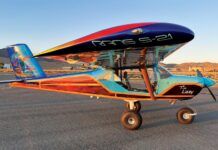
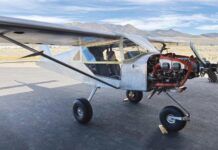
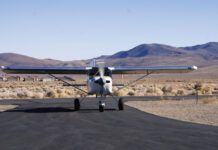
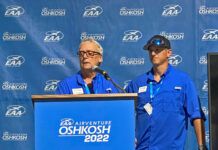
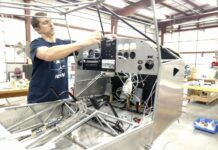
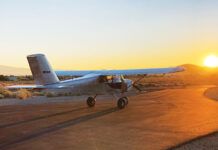
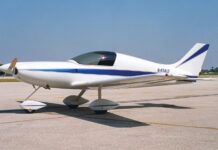
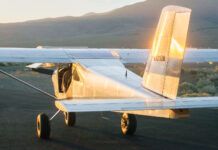
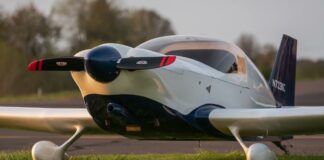
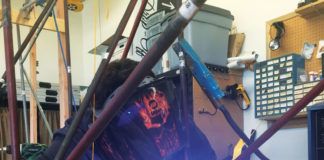
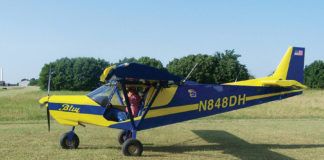
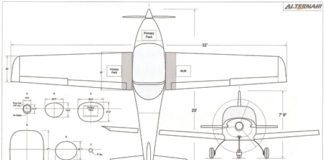
This is a very well done article and very accurate. Great job. I have 1300 hrs on my S7 S finished in dec 2010 and i do love it. I also have 600 hrs in a Vans 6. Both great airplanes, different missions.
Great point about the Rotax engine, that you need to go to school or fly a long way (depending on where you live) to get it worked on. There are extremely few trained Rotax mechanics. Kind of a bummer.